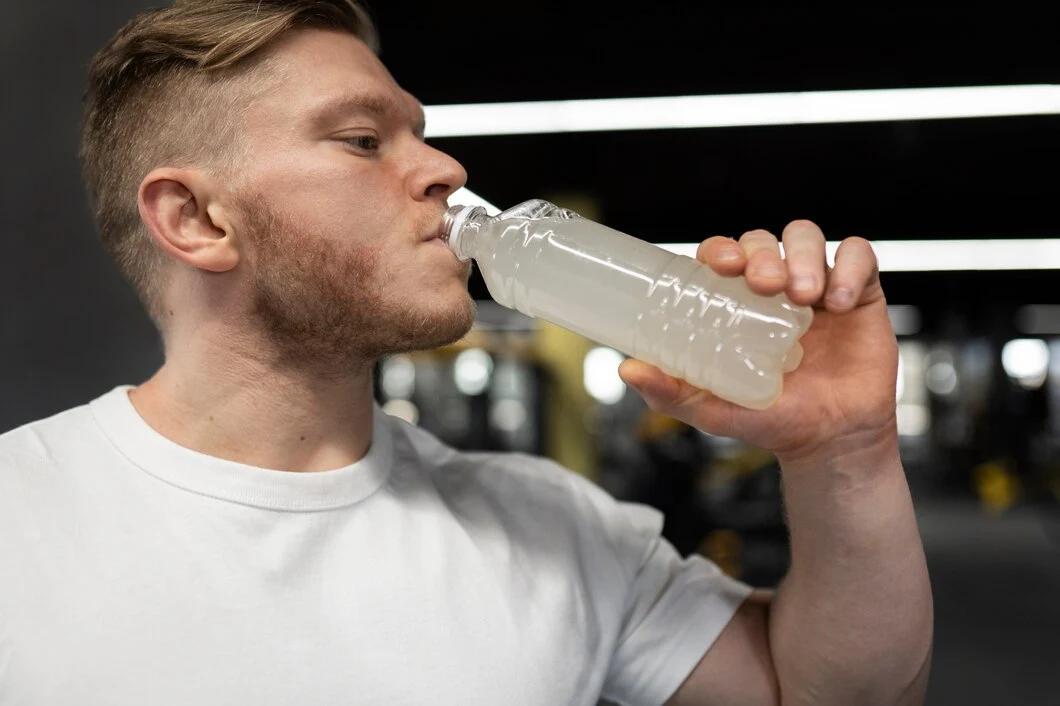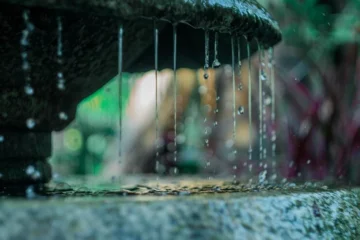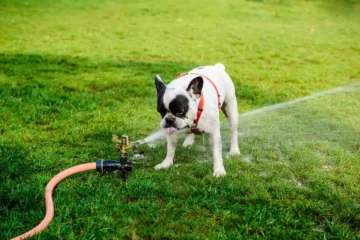Many folks in the countryside who rely on well water for drinking worry when it turns dirty. Spotting the source of the dirt isn’t always easy. If the water looks brownish, it might contain minerals or worse, organic matter.
The likelihood of a well getting dirty from surface water depends on its depth. Shallow wells are more at risk than deep ones. Heavy rain or floods can also make water dirty. You might need to clean the well to keep it safe. If you see mud in the water, it could mean your well is running low.
In this article, we will discuss the causes of dirty well water, we also find out the proper treatment of dirty well water.
Common Causes of Dirty Well Water
Having a well can be good, but sometimes the water turns reddish-brown and tastes bad. Different things can make well water dirty, like a broken pump.
Whatever the reason, if the water looks strange, it means something’s wrong and needs fixing.
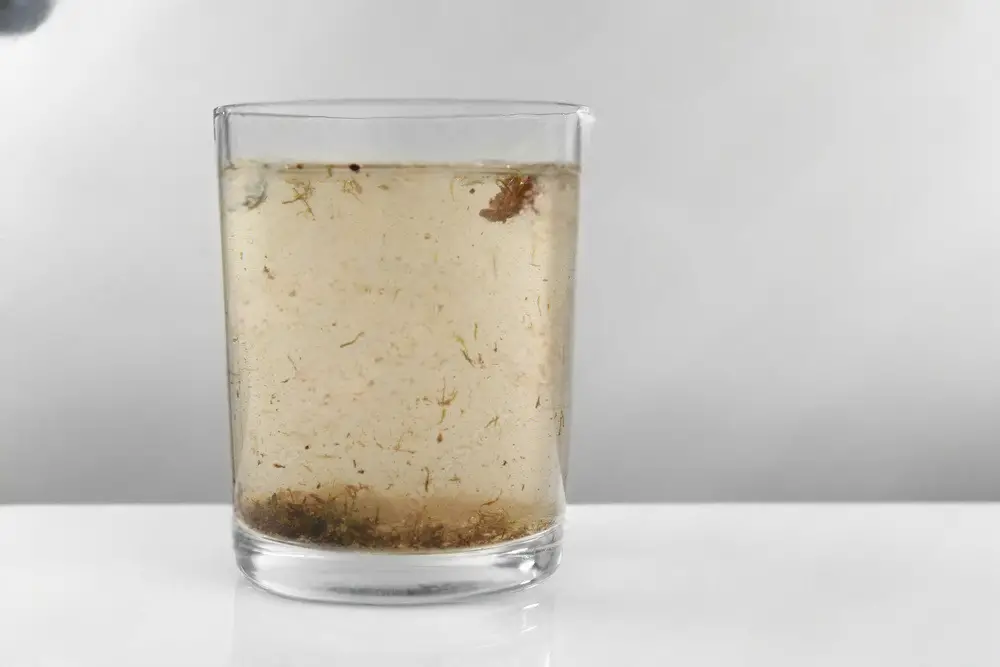
1. Iron, Manganese, and Other Minerals In Your Well Water
Sometimes, well water changes color because of minerals like iron. When water moves through rocks underground, it picks up these minerals. They usually don’t make you sick, but they can give the water a weird, metallic taste.
If your well water has lots of minerals, you’ve probably noticed the color change before and might have put in a filter to clean it.
But if the color suddenly changes, your filter might need changing, or there could be a problem with the pipes. Rust from a corroded pipe or fitting might be mixing with the water.
To fix this, you will need a professional plumber to find the rust and replace the pipes and fittings that are causing the problem.
2. Fecal Contamination In Your Water
Even though coliform bacteria usually don’t make you sick right away, finding them in your water can mean there might be other harmful bacteria too. It could also mean there is poop in your water.
If there is a lot of poop in the water, it might change color, which is not good for your health and could mean there’s a problem with your septic system. This goes for both having a septic tank and being connected to a city’s sewage system.
3. Broken Pipes In Your Well Water System
Broken pipes can make your water dirty by letting in dirt and other bad stuff. If there’s lots of dirt, the water might turn brown, and that’s not good because it can have lots of harmful bacteria.
To fix this, you might need to change the pipes or switch to city water if you can.
4. High Water Level In Your Well
If your water looks dirty, it might mean the water level in the well is going down. When the water level is high, any dirt stays at the bottom without causing trouble. But when the level drops, there’s less room for the dirt to settle.
So, when the pump pulls water, it can bring up dirt, making the water brown. In simple terms, it’s just because of how things are with the well water.
5. Mud in Your Well Water
If your well pump has filters and they stop working, you might start seeing dirt in your water. This means you need to clean or change the filters, and it’s best to get a professional well-service technician to do it.
If you have a separate filter for sediment, it’s time to think about replacing that too, or if your tap water is muddy, it could be a bigger problem: the water level in your well might be low because the groundwater is running out.
You might think this is happening if there’s been a drought and your neighbors are having similar issues. To help with this, try using less water so the well has more time to fill up again. If things don’t get better, you might have to dig a deeper well.
How To Fix Well Water (Solution of Dirty Well Water)
Before you decide how to treat your water, it’s important to test it first to find out why it’s dirty. While figuring out what’s wrong and fixing it, you can use things like water softeners to temporarily clean the water.
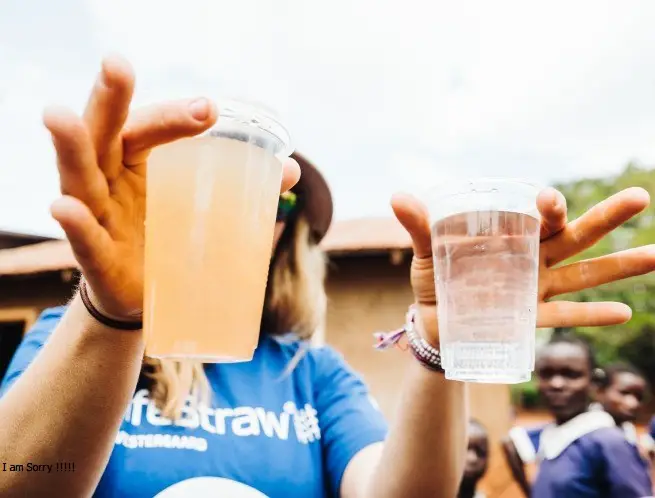
For a permanent solution, a whole-house water filter is best. But if that’s too expensive or you only need it for a short time, a pitcher filter can work for now. But remember, the most important thing is to find and fix the real reason your water is dirty.
Dirty water can make you sick, especially if you drink water well. It’s really important to do something about it instead of just putting up with it. Filtration methods can help for a while, but they’re not permanent fixes.
1. Protect the Top of Your Well
It’s a good idea to build a wall around the top of the well and add a strong concrete apron around it. This stops water from the surface from getting into the well, which is really important, especially if there might be animal poop around.
2. Reduce Turbidity of Your Well
If the well in Ayetoro-Ijesa village, Nigeria, is giving muddy or cloudy water, it could mean there’s too much silt at the bottom. In that case, it’s a good idea to send someone down with a shovel to clean out the silt and junk.
After that, putting some gravel at the bottom of the well can help stop more silt from building up. The gravel acts like a wall, so when you pull water up with a bucket and rope, it’s less likely to bring up silt too.
3. Disinfect Your Well Water
Scrub the inside walls of the well using a chlorine solution to kill harmful germs that can make you sick. Also, disinfect the well water by adding a strong chlorine solution for a short time, but make sure to remove it before using the well again.
4. Cover Your Well Water System
Put a strong concrete cover on top of the well to stop anything from falling in and making the water dirty.
5. Treat Your Well Water
In eastern Senegal, Oxfam gave out hygiene kits with bleach. Just a little bit in a 10-liter container can kill harmful bacteria. Near Kolda in the south, Oxfam put in special dispensers by wells.
These give out the right amount of chlorine to clean well water safely. Oxfam works with communities during emergencies to fix drinking water problems. They know water-borne diseases are bad, especially for kids who aren’t eating well.
Oxfam also does long-term projects on water, toilets, and making land good for farming.
Conclusion
Keeping well water clean is important for keeping people healthy. It’s crucial to know what’s making the water dirty and to use good treatments to fix it. Things like building barriers, reducing cloudiness, cleaning with disinfectants, and covering the well help a lot.
Groups like Oxfam are helpful in dealing with water problems. Making sure everyone can drink safe water is super important for keeping communities healthy and the environment safe for the future.
FAQs (Mostly Asked Questions by People)
Can dirty well water make me sick?
Yes, dirty well water can contain harmful bacteria, viruses, or contaminants that can lead to illnesses such as gastrointestinal infections or waterborne diseases. It’s crucial to address any issues with well water quality promptly.
How can I determine the cause of my well water’s discoloration?
Conducting water tests and inspecting the well system for signs of damage or contamination can help identify the underlying cause of dirty well water. Consulting with a water quality professional may also provide valuable insights.
What are some common contaminants found in dirty well water?
Common contaminants in dirty well water include bacteria such as coliform, sediment, minerals like iron and manganese, and sometimes even fecal matter from nearby sources. Each contaminant requires specific treatment methods.
What steps can I take to improve the quality of my well water?
Implementing measures such as regular well maintenance, installing filtration systems, disinfecting the well and water, and protecting the well from external sources of contamination can help improve well water quality.
Is it necessary to disinfect my well water regularly?
Yes, periodic disinfection of the well and water is essential to eliminate harmful bacteria and ensure water safety. Following recommended disinfection procedures can help maintain water quality.
Can I rely on household filtration systems to treat dirty well water?
While household filtration systems like pitcher filters or water softeners can provide temporary relief, they may not address all contaminants present in dirty well water. Installing a comprehensive whole-house water filtration system may be more effective for long-term water quality improvement.


